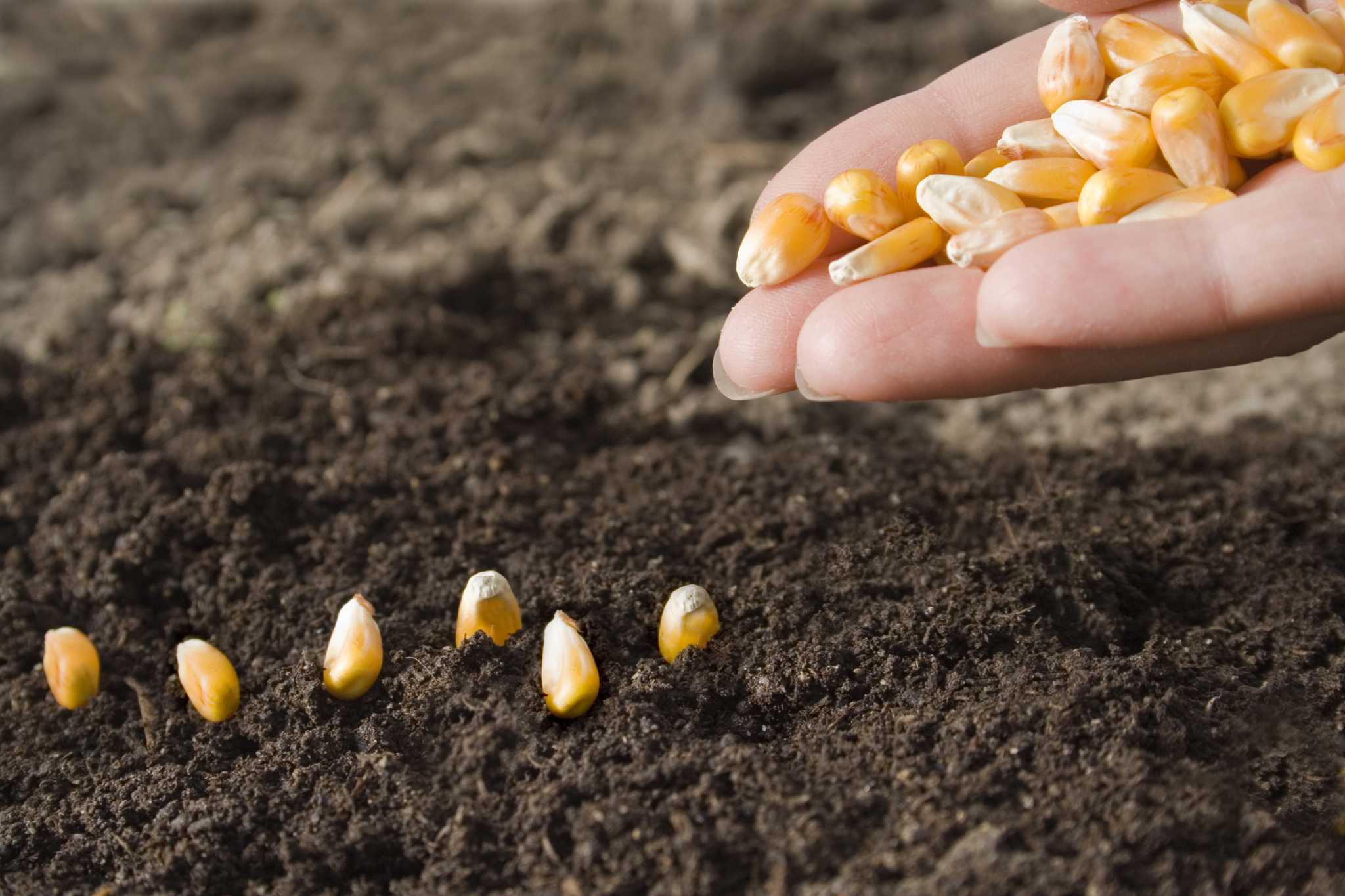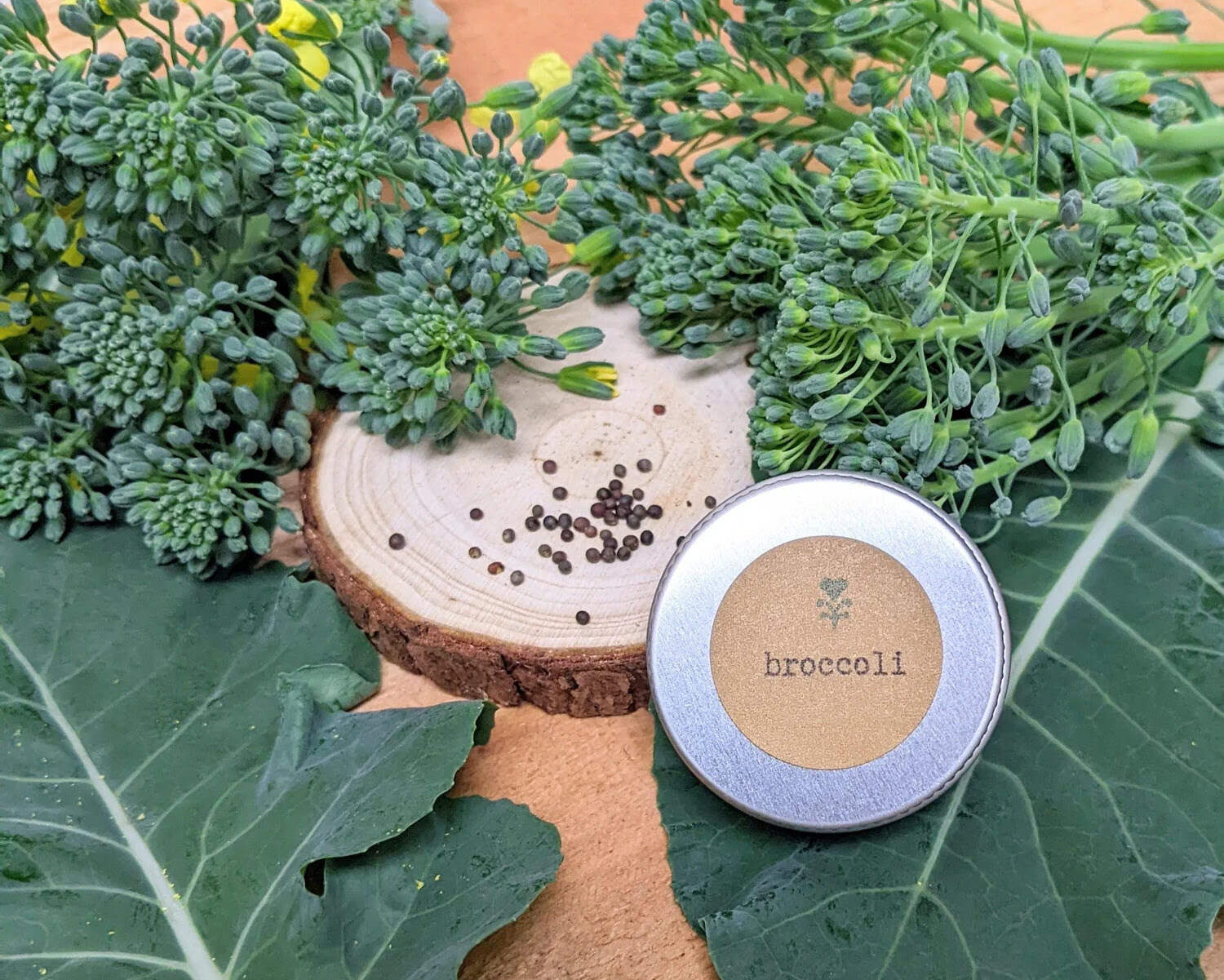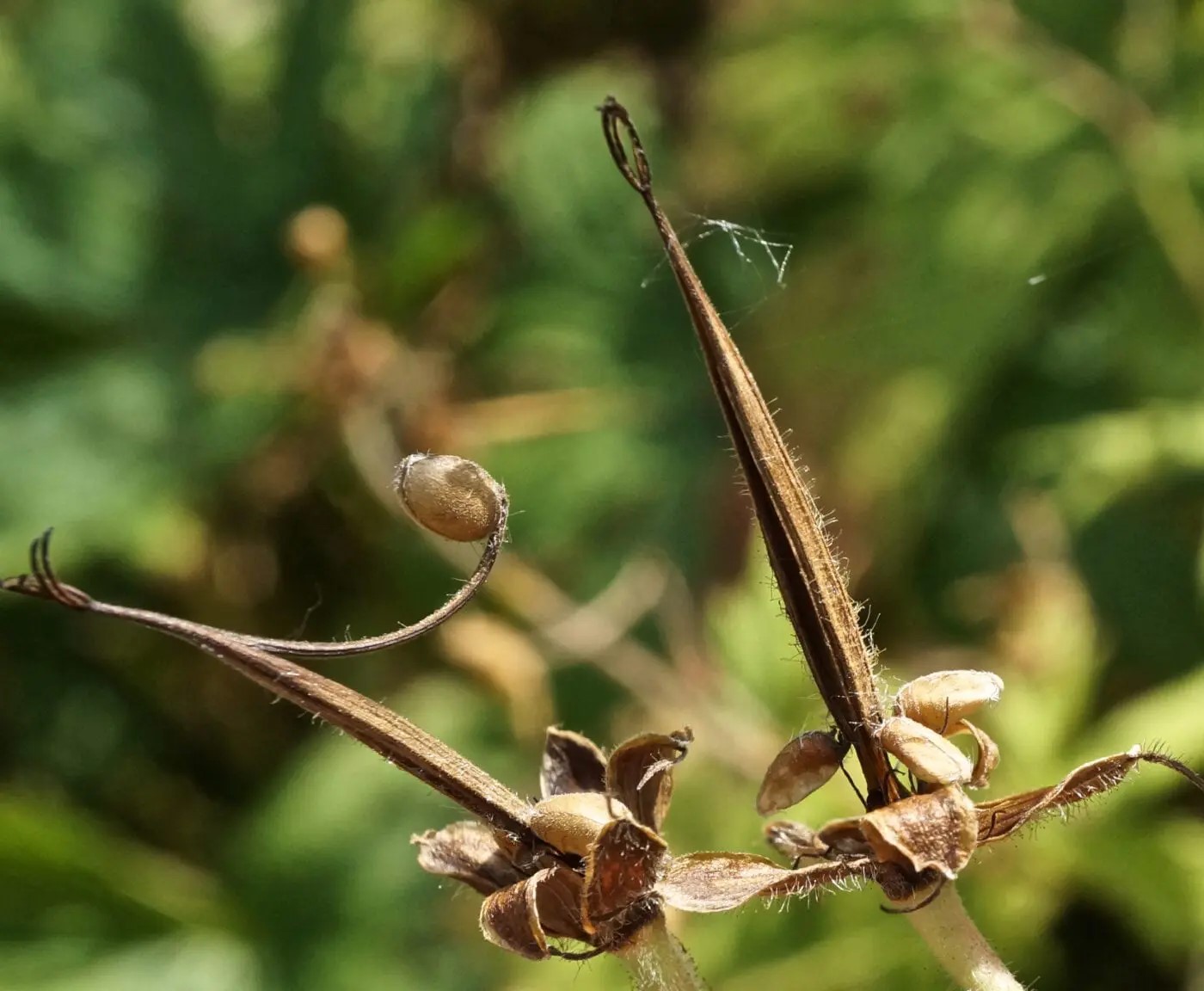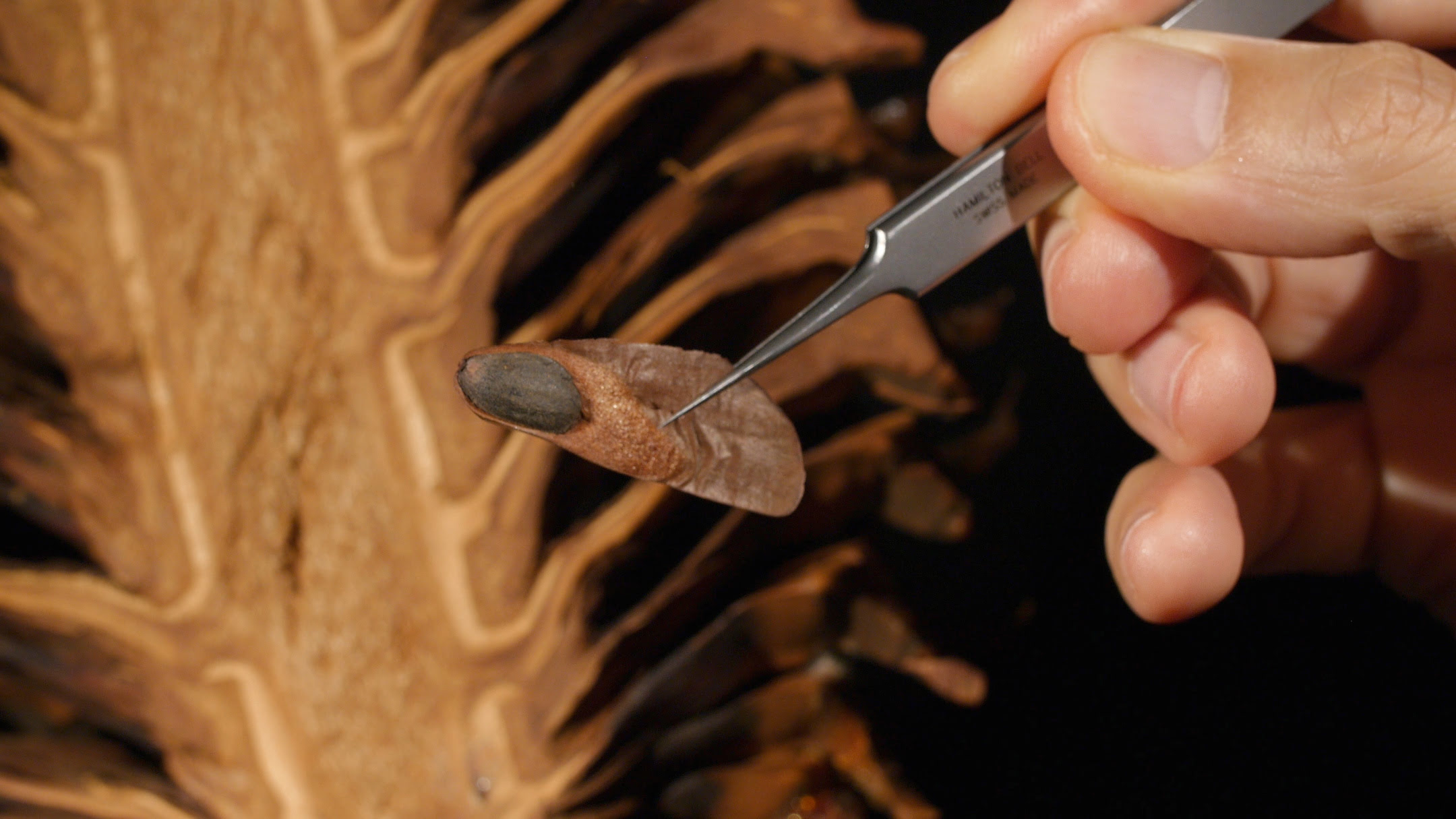Home>Garden Essentials>What Does A Poppy Seed Look Like


Garden Essentials
What Does A Poppy Seed Look Like
Modified: August 17, 2024
Learn what a poppy seed looks like in your garden with this informative guide. Find out how to identify and cultivate these beautiful flowers.
(Many of the links in this article redirect to a specific reviewed product. Your purchase of these products through affiliate links helps to generate commission for Storables.com, at no extra cost. Learn more)
Introduction
Welcome to the world of poppy seeds! These tiny seeds, derived from the opium poppy plant (Papaver somniferum), have been used for centuries in various culinary and medicinal applications. Known for their distinct flavor and texture, poppy seeds are a versatile ingredient that can elevate the taste and visual appeal of a wide range of dishes.
In this article, we will explore the physical appearance of poppy seeds, the different types available, their culinary uses, as well as the potential health benefits and side effects associated with their consumption.
Whether you are an avid cook or simply curious about exploring new flavors, poppy seeds are definitely worth discovering. From their delicate appearance to their nutritional properties, these seeds have a lot to offer.
Join us on this journey as we delve into the world of poppy seeds and discover what makes them so unique and intriguing.
Key Takeaways:
- Poppy seeds are small, dark blue or black, and have a smooth, shiny coating. They add a delightful crunch and nutty flavor to dishes, making them visually appealing and tasty.
- There are different types of poppy seeds, each with its own unique flavor and color. They can be used in baking, cooking, and even as a thickening agent in sauces.
Read more: What Does Calendula Seeds Look Like
Physical Appearance
Poppy seeds are small in size, typically measuring around 1 to 2 millimeters in diameter. They have an oval shape and are usually dark blue or black in color. The seeds have a smooth and shiny outer coating, which gives them a beautiful and eye-catching appearance.
When held up to the light, poppy seeds may appear slightly translucent, allowing a subtle play of light to pass through. This adds to their visual appeal, especially when sprinkled on top of baked goods or used as a garnish.
One interesting feature of poppy seeds is their texture. While the outer coating is smooth, the seeds themselves have a slightly crunchy and nutty texture when chewed. This texture adds a delightful contrast to dishes and enhances the overall eating experience.
It’s important to note that poppy seeds are relatively delicate. They should be handled with care as they can easily break apart or lose their outer coating. As a result, it’s best to store them in a cool, dry place, away from direct sunlight and moisture.
Overall, the physical appearance of poppy seeds is undeniably charming. Their dark color, smooth surface, and delicate size make them a visually appealing addition to any dish or recipe.
Types of Poppy Seeds
There are several different types of poppy seeds available, each with its own unique qualities and flavors. Let’s explore some of the most common types:
- Blue Poppy Seeds: Blue poppy seeds are the most commonly found variety. They have a rich, deep blue color and a subtly sweet and nutty flavor. These seeds are widely used in baking, particularly in traditional European desserts like pastries, breads, and cakes.
- White Poppy Seeds: White poppy seeds have a pale cream color and a milder flavor compared to their blue counterparts. They are commonly used in Indian, Middle Eastern, and Asian cuisines, where they are ground into a paste or used as a thickening agent in curries, sauces, and desserts.
- Grey Poppy Seeds: Grey poppy seeds are a rare variety that is slightly smaller in size and has a dark grey color. They have a distinctive nutty flavor and are often used in European and Mediterranean cuisines to add flavor and texture to dishes like breads, pastries, and salads.
- Yellow Poppy Seeds: Yellow poppy seeds are less common but equally intriguing. They have a vibrant yellow color and a mild flavor that is similar to blue poppy seeds. These seeds are often used in traditional Eastern European dishes, such as noodle dishes and potato salads.
Regardless of the type, all poppy seeds share certain characteristics like their small size and crunchy texture. The choice of which type to use often depends on personal preference and the specific culinary application.
It’s worth noting that poppy seeds are also available in organic and non-organic varieties. Organic poppy seeds are grown without the use of synthetic pesticides or fertilizers, making them a popular choice among those seeking a more natural and sustainable option.
So whether you’re looking to recreate a traditional European dessert or experiment with bold flavors from around the world, there’s a type of poppy seed suited to your culinary needs.
Culinary Uses
Poppy seeds are a versatile ingredient that can be used in a wide variety of culinary applications. Their distinct flavor and texture make them a popular choice in both sweet and savory dishes. Here are some common culinary uses of poppy seeds:
- Baking: Poppy seeds are a beloved ingredient in baking. They can be incorporated into bread, muffins, cakes, scones, and pastries to add a delightful nutty flavor and texture. From classic lemon poppy seed muffins to traditional Austrian poppy seed strudel, the possibilities are endless.
- Sauces and Dressings: Ground or crushed poppy seeds can be used to add a thickening agent and a unique flavor to sauces and dressings. They can be mixed with ingredients like yogurt or mayonnaise to create creamy salad dressings or blended with spices and herbs to make flavorful marinades.
- Cooking: Poppy seeds can be used as a seasoning and garnish in various savory dishes. They can be sprinkled over salads, added to stir-fries, or used to coat proteins like fish or chicken. Their nutty flavor adds depth to savory dishes, and their visual appeal makes them an eye-catching addition to any plate.
- Pastry Fillings: In certain cultures, poppy seeds are used as a filling for pastries and desserts. They are often mixed with honey, sugar, or other sweeteners to create a rich and indulgent filling. From traditional Polish poppy seed cakes to Jewish hamantaschen cookies, poppy seed fillings are a delicious treat.
- Spice Blends: Whole or ground poppy seeds are used in spice blends to enhance the flavor and aroma of dishes. They can be mixed with other spices like cumin, coriander, or mustard seeds to create flavorful rubs for meats or to add a unique twist to curries and stews.
In addition to their culinary uses, poppy seeds are also commonly used in traditional medicine for their potential health benefits. However, it’s important to note that the therapeutic use of poppy seeds should always be done under the guidance of a healthcare professional.
So whether you’re a passionate baker or an adventurous cook, poppy seeds can add a touch of flavor, texture, and visual appeal to your culinary creations.
A poppy seed is very small, round, and can be either black, blue, or white in color. It is often used in baking and has a mild, nutty flavor.
Health Benefits
Poppy seeds not only add flavor and texture to dishes, but they also offer some potential health benefits. Let’s explore some of the key health benefits associated with their consumption:
- Nutritional Profile: Poppy seeds are rich in nutrients, including calcium, iron, magnesium, zinc, and manganese. They also provide dietary fiber and healthy fats. These nutrients are important for maintaining overall health and wellbeing.
- Antioxidant Properties: Poppy seeds contain antioxidants, such as phenolic compounds, which help protect the body against oxidative stress. Oxidative stress is associated with chronic diseases, including heart disease, cancer, and neurodegenerative disorders. Incorporating foods high in antioxidants, like poppy seeds, into your diet may help combat oxidative damage.
- Improved Digestion: The dietary fiber in poppy seeds promotes healthy digestion and may help prevent constipation. Fiber adds bulk to the stool and increases bowel movement regularity, thereby supporting a healthy digestive system.
- Boosted Energy Levels: Poppy seeds are a good source of carbohydrates, which are the body’s primary source of energy. Including poppy seeds in your diet can provide a sustained release of energy, helping you stay active and focused throughout the day.
- Enhanced Cognitive Function: Some studies suggest that the minerals and antioxidants found in poppy seeds may have neuroprotective effects. These properties may help improve cognitive function, memory, and concentration.
- Support for Healthy Bones: Poppy seeds are a good source of calcium and other minerals essential for bone health. Incorporating poppy seeds into your diet may provide support for strong and healthy bones.
While these potential health benefits are promising, it’s important to remember that poppy seeds should be consumed in moderation as part of a balanced diet. They are calorie-dense and can contribute to weight gain if consumed excessively.
Furthermore, individuals with certain medical conditions, such as kidney stones or allergies, should consult their healthcare provider before incorporating poppy seeds into their diet.
Overall, poppy seeds offer a range of potential health benefits, making them a tasty and nutritious addition to your meals and snacks. As with any food, enjoying poppy seeds as part of a varied and balanced diet is the key to reaping their benefits.
Read more: What Does A Cactus Seed Look Like
Potential Side Effects
While poppy seeds offer various health benefits, it’s important to be aware of potential side effects associated with their consumption. Here are a few considerations:
- Allergic Reactions: Some individuals may be allergic to poppy seeds or have a cross-reactivity with other seeds or nuts. Allergic reactions can range from mild symptoms like itching and hives to severe reactions like difficulty breathing or anaphylaxis. If you have a known seed or nut allergy, it’s best to avoid poppy seeds or consult with an allergist before consuming them.
- Drug Interactions: Poppy seeds are derived from the same plant as opium, and while the seeds themselves do not contain opiates, they may contain small traces. Consuming large amounts of poppy seeds or using poppy seed extract may lead to a false positive result on certain drug tests, particularly those screening for opioids. If you are subject to drug testing, it’s advisable to avoid consuming excessive amounts of poppy seeds beforehand.
- Potential for Contamination: Poppy seeds are sometimes contaminated with other substances, such as mold or bacteria. It’s essential to source high-quality, properly stored poppy seeds to reduce the risk of consuming contaminated seeds. Additionally, pregnant women should avoid consuming poppy seeds that might be contaminated with harmful bacteria, as these can pose a risk to the unborn baby.
- Caloric Content and Overconsumption: While poppy seeds are nutritious, they are also calorie-dense. Consuming large quantities of poppy seeds can contribute to excess calorie intake, leading to weight gain. It’s important to enjoy poppy seeds in moderation as part of a balanced diet.
If you have any specific health conditions or concerns, it’s always recommended to consult with a healthcare professional or registered dietitian before incorporating poppy seeds into your diet.
By being aware of these potential side effects and consuming poppy seeds in moderation, you can enjoy their unique flavor and benefits without any major concerns.
Conclusion
Poppy seeds are more than just a decorative garnish or a flavorful ingredient – they offer a world of taste and potential health benefits. From their charming physical appearance to their versatility in the kitchen, poppy seeds have a lot to offer for both culinary enthusiasts and health-conscious individuals.
With their smooth outer coating, crunchy texture, and nutty flavor, poppy seeds can elevate the taste and visual appeal of a wide range of dishes. Whether it’s baking a batch of muffins, preparing a savory sauce, or experimenting with spice blends, poppy seeds bring a unique dimension to your creations.
Furthermore, poppy seeds offer potential health benefits, including their nutritional profile, antioxidant properties, support for digestion and bone health, and potential cognitive enhancements. However, it’s important to consume poppy seeds in moderation to avoid potential side effects and negative implications.
Individuals with specific dietary restrictions, allergies, or medical conditions should consult with a healthcare professional before incorporating poppy seeds into their diet to ensure safety and well-being.
In conclusion, poppy seeds are a delightful addition to any culinary exploration. Their physical appearance, taste, and potential health benefits make them a versatile and intriguing ingredient. By incorporating poppy seeds into your cooking and enjoying them in moderation, you can savor the unique qualities they bring to your meals while maintaining a balanced and healthy lifestyle.
So go ahead and embrace the world of poppy seeds – get creative in the kitchen, tantalize your taste buds, and enjoy the wonders these tiny seeds have to offer!
Frequently Asked Questions about What Does A Poppy Seed Look Like
Was this page helpful?
At Storables.com, we guarantee accurate and reliable information. Our content, validated by Expert Board Contributors, is crafted following stringent Editorial Policies. We're committed to providing you with well-researched, expert-backed insights for all your informational needs.















0 thoughts on “What Does A Poppy Seed Look Like”